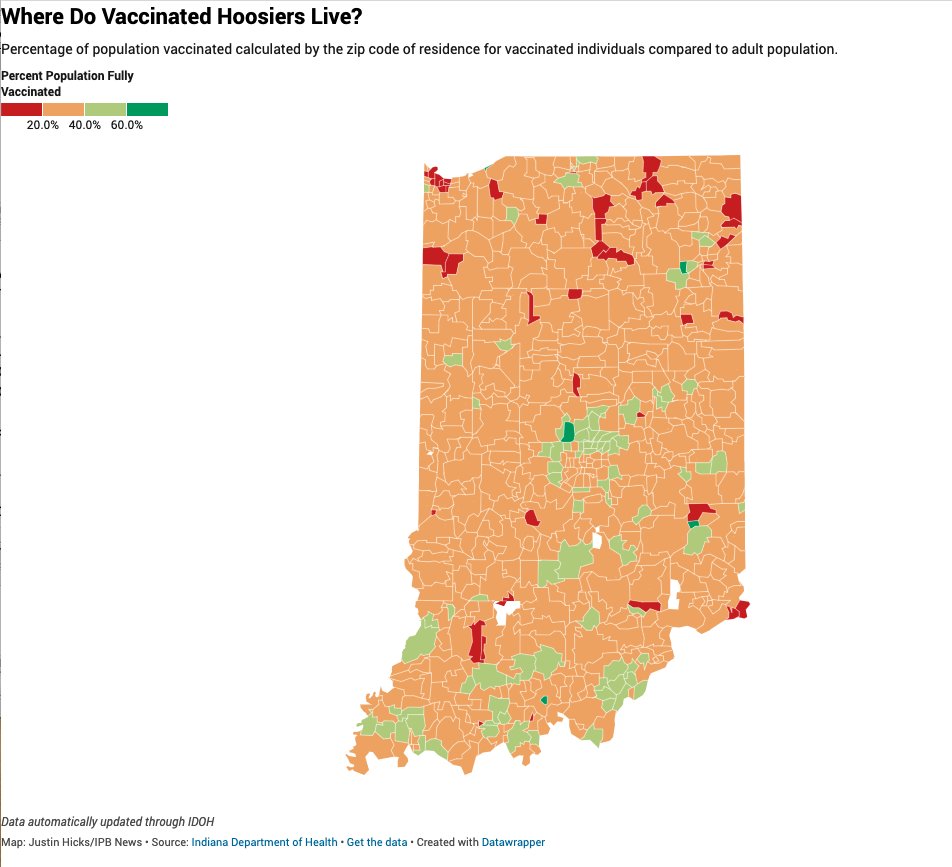Let& #39;s talk about vaccine hesitancy: aka the topic I personally understand the least and am therefore the most invested in better understanding holistically. #stream/0">https://www.wbaa.org/post/vaccine-hesitancy-barrier-herd-immunity-there-s-more-it-distrust #stream/0">https://www.wbaa.org/post/vacc...
Right off the top: I am not a person who has ever been afraid of needles. I& #39;ve donated blood dozens of times and don& #39;t look away when getting jabbed. Vaccine science is FASCINATING to me. I have multiple tattoos.
Therefore, for me, hesitancy with vaccines has been about cost.
Therefore, for me, hesitancy with vaccines has been about cost.
I& #39;m looking at you HPV vaccine.
BUT! Let& #39;s talk about what vaccine hesitancy *actually* is. Because actually, it& #39;s more complicated than just distrust.
BUT! Let& #39;s talk about what vaccine hesitancy *actually* is. Because actually, it& #39;s more complicated than just distrust.
Dr. Michael Weiner is a @Regenstrief Institute scientist and Indiana University professor of medicine. He said vaccine hesitancy or reluctance falls into three broader categories: convenience, confidence and complacency.
Convenience refers to eligibility and access.
Can you get appointments? Can you get to appointments? Are there physical, socioeconomic, or logistic barriers to getting vaccinated?
Can you get appointments? Can you get to appointments? Are there physical, socioeconomic, or logistic barriers to getting vaccinated?
Confidence is the trust – or lack thereof – in vaccine safety.
This is the one most people (and me) glom on to.
The folks who have lived experiences that cause mistrust with the medical community, and folks who don& #39;t trust the technology overall fall into this category.
This is the one most people (and me) glom on to.
The folks who have lived experiences that cause mistrust with the medical community, and folks who don& #39;t trust the technology overall fall into this category.
And complacency describes populations who already feel protected enough.
This is predominantly younger populations, but could also describe people who have already had COVID-19 and feel that natural immunity is enough to protect them.
This is predominantly younger populations, but could also describe people who have already had COVID-19 and feel that natural immunity is enough to protect them.
Now, these categories describe WIDE, SWEEPING groups of people.
IDOH has made several moves to limit the barriers to access (addressing convenience). There is still more work to be done to do so.
IDOH has made several moves to limit the barriers to access (addressing convenience). There is still more work to be done to do so.
There are still a lot of zip codes in the state that aren& #39;t even 20% vaccinated.
Full map here: https://datawrapper.dwcdn.net/sehH4/18/ ">https://datawrapper.dwcdn.net/sehH4/18/...
h/t @Hicks_JustinM for building this.
Full map here: https://datawrapper.dwcdn.net/sehH4/18/ ">https://datawrapper.dwcdn.net/sehH4/18/...
h/t @Hicks_JustinM for building this.
But outside of access barriers, the other two aspects of vaccine hesitancy still prevent us from hitting herd immunity.
Every data scientist, health economist, and medical professional says the way to help these two other categories is information.
Every data scientist, health economist, and medical professional says the way to help these two other categories is information.
There are a lot of things we don& #39;t know.
We don& #39;t know how long vaccine immunity lasts.
We do know it prevents serious illness from COVID-19.
We know that natural immunity *does actually* contribute to herd immunity, but in Indiana that& #39;s 725,000 cases with 13,000 deaths.
We don& #39;t know how long vaccine immunity lasts.
We do know it prevents serious illness from COVID-19.
We know that natural immunity *does actually* contribute to herd immunity, but in Indiana that& #39;s 725,000 cases with 13,000 deaths.
We also know the variants that have been identified in Indiana since January are more infectious and seem to affect younger Hoosiers more severely than the OG virus did.
That& #39;s one of the reasons folks are so concerned about this fourth wave projected at the end of the year.
That& #39;s one of the reasons folks are so concerned about this fourth wave projected at the end of the year.
*younger people, not just Hoosiers.
Cases are slowly increasing again. State health officials have not set a benchmark for herd immunity. There isn’t really a hard and fast rule, though many experts point at 75 percent to 85 percent inoculated as the threshold for COVID-19.
Cases are slowly increasing again. State health officials have not set a benchmark for herd immunity. There isn’t really a hard and fast rule, though many experts point at 75 percent to 85 percent inoculated as the threshold for COVID-19.
From just vaccines, the state& #39;s total population is at a little less than 31 percent.
If you need more information on vaccines, email me at lchapman@wfyi.org. I& #39;m happy to get you any information you want/need.
The @CDCgov has a fact sheet: https://www.cdc.gov/coronavirus/2019-ncov/vaccines/facts.html">https://www.cdc.gov/coronavir...
If you need more information on vaccines, email me at lchapman@wfyi.org. I& #39;m happy to get you any information you want/need.
The @CDCgov has a fact sheet: https://www.cdc.gov/coronavirus/2019-ncov/vaccines/facts.html">https://www.cdc.gov/coronavir...

 Read on Twitter
Read on Twitter


